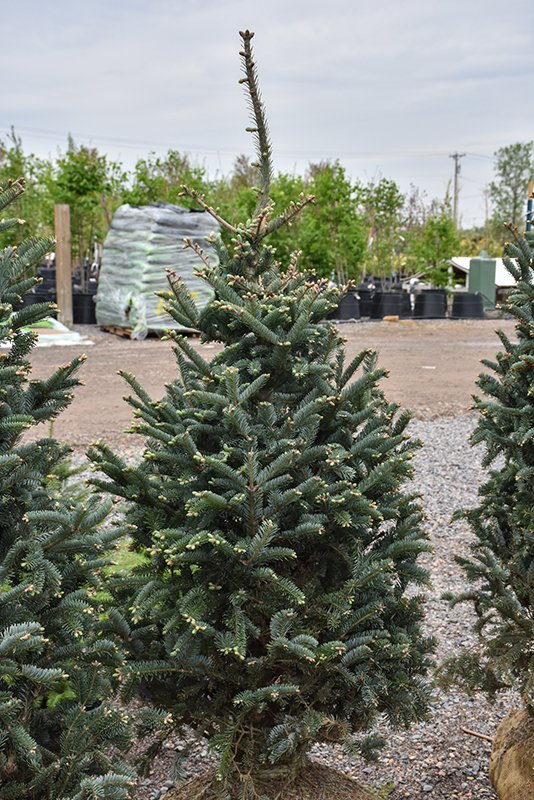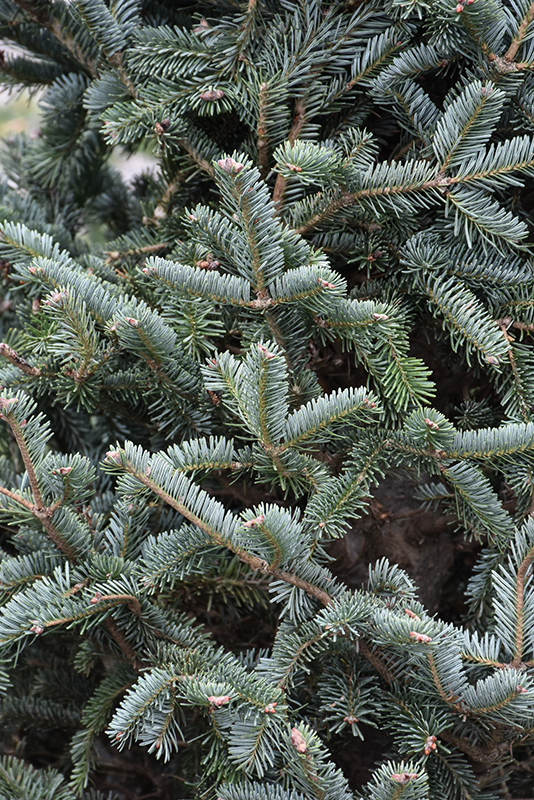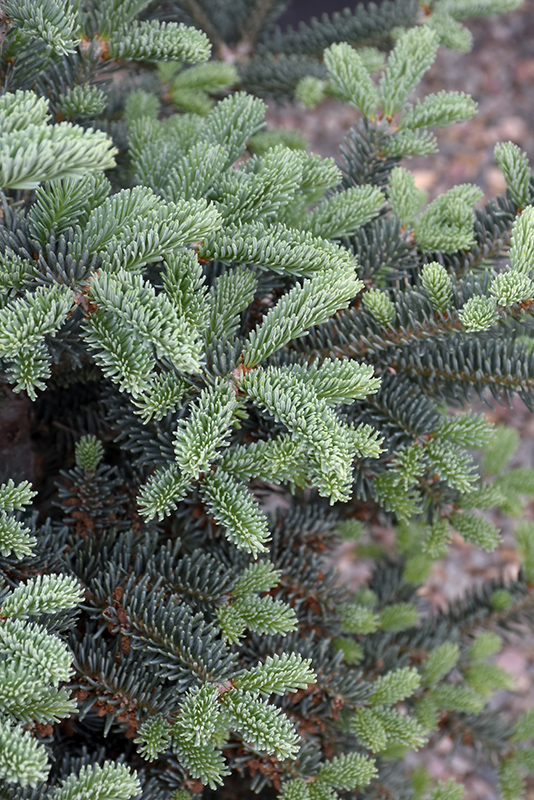25 feet
15 feet


3a
Iseli Nursery
Tyler Blue Balsam Fir is primarily valued in the landscape for its distinctively pyramidal habit of growth. It has attractive steel blue foliage with hints of silver which emerges bluish-green in spring. The needles are highly ornamental and remain steel blue throughout the winter. The smooth gray bark adds an interesting dimension to the landscape.
Tyler Blue Balsam Fir is an evergreen tree with a strong central leader and a distinctive and refined pyramidal form. Its average texture blends into the landscape, but can be balanced by one or two finer or coarser trees or shrubs for an effective composition.
This tree will require occasional maintenance and upkeep, and should not require much pruning, except when necessary, such as to remove dieback. It has no significant negative characteristics.
Tyler Blue Balsam Fir is recommended for the following landscape applications;
Tyler Blue Balsam Fir will grow to be about 25 feet tall at maturity, with a spread of 15 feet. It has a low canopy, and should not be planted underneath power lines. It grows at a medium rate, and under ideal conditions can be expected to live for 70 years or more.
This tree does best in full sun to partial shade. It prefers to grow in moist to wet soil, and will even tolerate some standing water. It is particular about its soil conditions, with a strong preference for sandy, acidic soils. It is quite intolerant of urban pollution, therefore inner city or urban streetside plantings are best avoided, and will benefit from being planted in a relatively sheltered location. Consider applying a thick mulch around the root zone in winter to protect it in exposed locations or colder microclimates. This is a selection of a native North American species.


